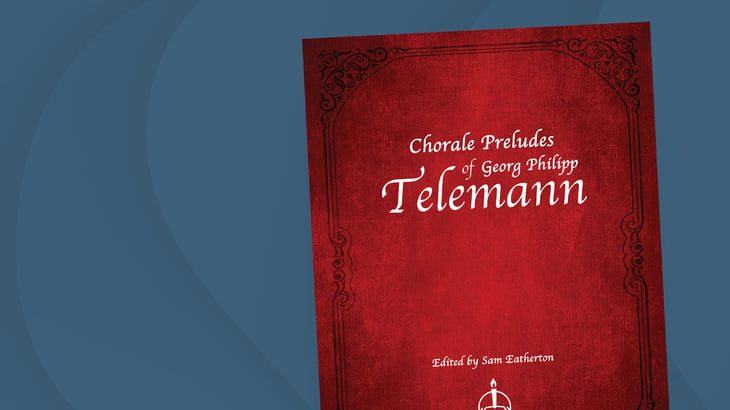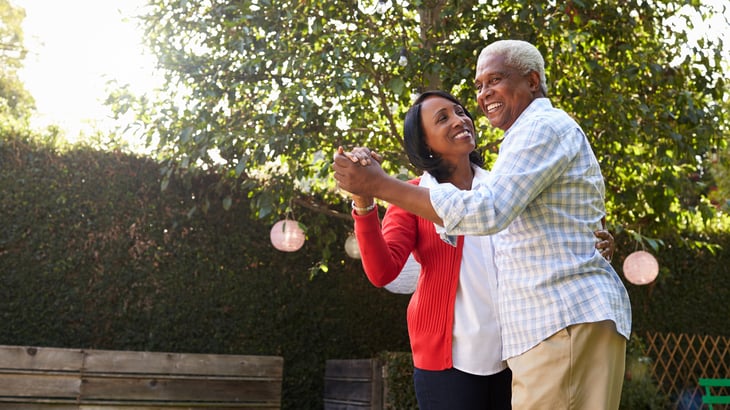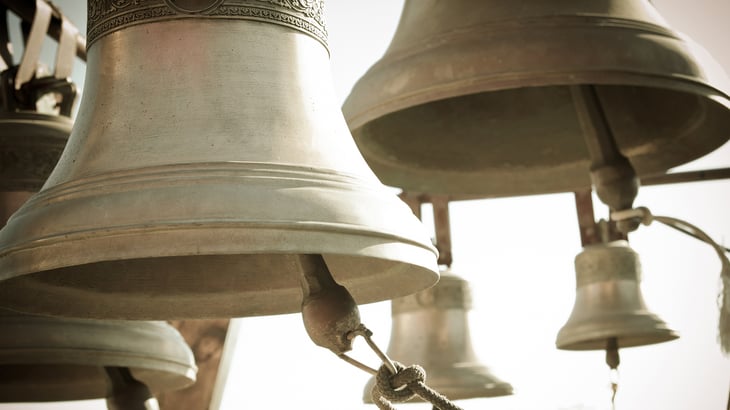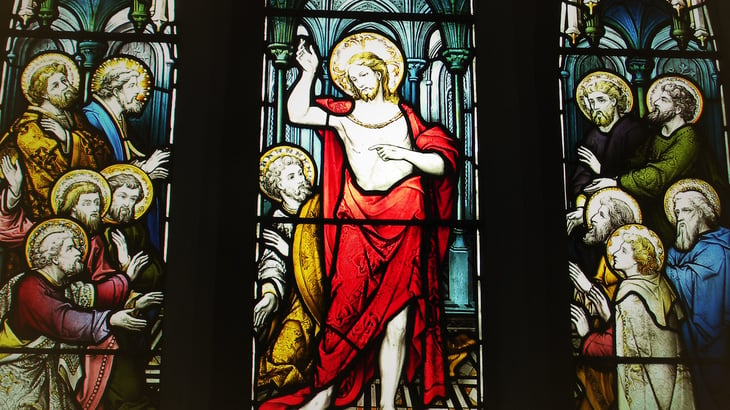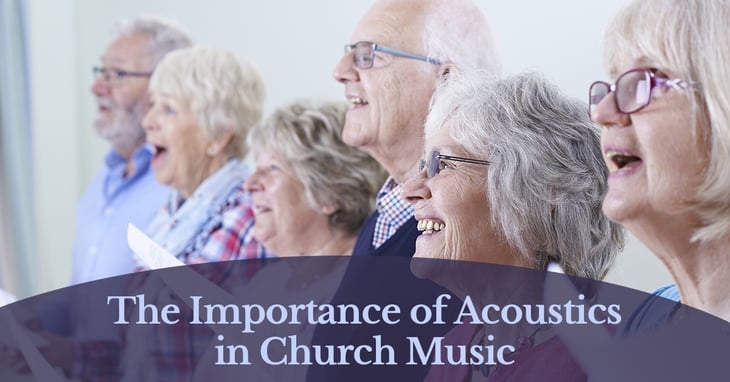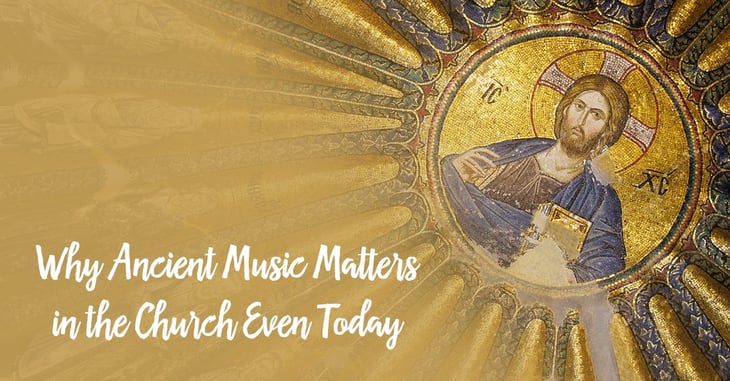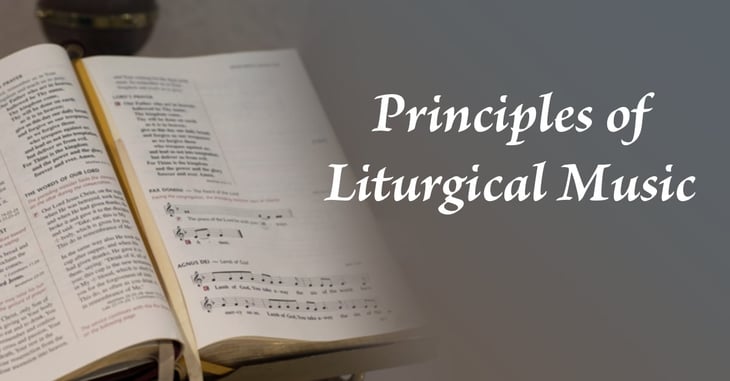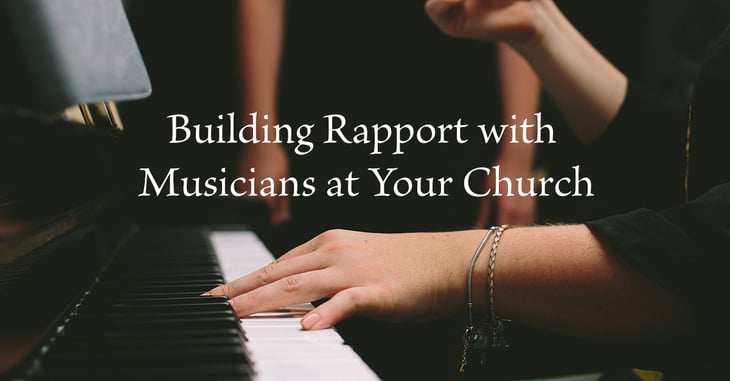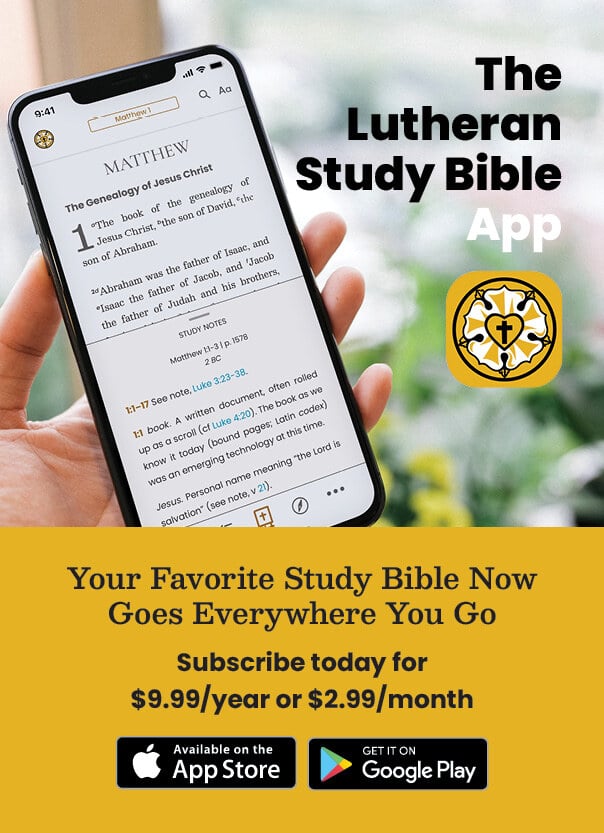Technology and Church Music
We live in a world dominated by digital technology—technology that majorly affects our modern musical world. Although digital technology can offer us a wealth of music we might otherwise not have access to, digital recordings lack the inherent risk of live performance—a risk that lends live performances a certain sense of humanity. This humanity reflects the reality of our lives, including the reality of salvation through Christ. Although digital technology in the musical world is a great gift, it is a worthy endeavor to continue to pursue live musical performances in order to experience the wonder and beauty of music that we must take as is in all its imperfection.
Music of the Month: Chorale Preludes of Georg Philipp Telemann
The new music collection features an assortment of nineteen wonderful preludes by Georg Philipp Telemann (1681–1767) and edited by Sam Eatherton. Telemann composed chorale preludes that were typically set twice, the first in three voices and the second alio modo or aliter (“in another way”) consisting of two voices (bicinium), making these settings valuable to student and seasoned organists alike. This collection of chorale preludes was carefully selected and edited by Sam Eatherton to be compatible with Lutheran Service Book and other hymnals. These settings provide a fresh alternative that will appeal to church organists looking for new ways to present these German chorale tunes.
Why Christians Should Make Music with Joy
This past weekend, I discovered a delightful new album that mixed Mozart horn concertos with mambo music featuring the French horn. The promotional video for the album showed a colorfully arrayed orchestra playing a mambo on a Havana street, the musicians dancing to their own music.
Why Church Bells Ring
Crumbled have spires in ev’ry land;
Bells still are chiming and calling,
Calling the young and old to rest,
But above all the souls distressed,
Longing for rest everlasting. (LSB 645:1)
Reflecting on Holy Week Music after Easter
Holy Week, that crowning week of the Church Year taking us through the Passion of our Lord to His glorious resurrection, has passed and with it some of the most beautiful and wonderful music many of us hear in church during the year. I invite you to take a moment to reflect on that music and to revel in your recollection.
Keeping Church Reverent
Our culture often promotes relaxed and casual attitudes toward church, urging that a church should be a place where you feel welcomed and comfortable and where you can enjoy your favorite songs while sipping your favorite latte. As appealing as this sounds, why should we strive to keep church and worship reverent? What does music have to do with it?
The Importance of Acoustics in Church Music
Worship encourages even the most hesitant participant to take part in the hymns, songs, and liturgy. This post considers the role that good acoustics play when encouraging full participation in worship.
Why Ancient Music Matters in the Church Even Today
A music history professor once painted this picture for me: “Imagine you are a commoner in the Middle Ages, slaving away in the fields every day. Now imagine you walk into church. When it is cold outside, the church is warm. When it is hot outside, the church is cool. Now imagine you come into church and hear this.” And she played for us a Gregorian chant.
Principles of Liturgical Music
There are a lot of ideas about what makes music appropriate for church. This post is an excerpt from Ceremony and Celebration and provides a few principles as defined by Paul H. D. Lang.
Building Rapport with Musicians at Your Church
This post is adapted from A Novice’s Guide to Directing the Church Choir by Kenneth T. Kosche. Though written specifically for choirs, the suggestions can apply to any church ensemble.
Rapport is one of those relational terms that most easily defines itself by its presence or absence. How well you get along with your choir and they with you is a measure of your rapport. There are no surefire solutions that will work for everyone to establish rapport, though there are some points of advice to offer.


